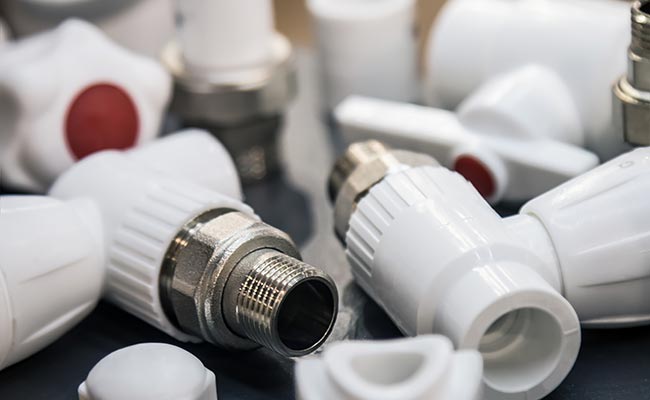You’re trying to order valves, but one supplier calls them PVC and another calls them UPVC. This confusion makes you worry you’re comparing different products or buying the wrong material.
For rigid ball valves, there is no practical difference between PVC and UPVC. Both terms refer to the same unplasticized polyvinyl chloride material, which is strong, corrosion-resistant, and ideal for water systems.
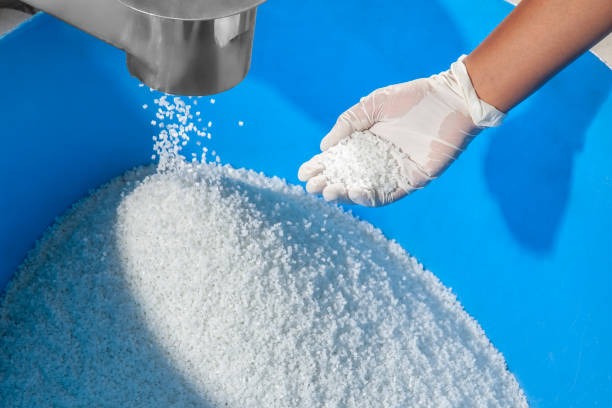
This is one of the most common questions I get, and it creates unnecessary confusion in the supply chain. I was recently talking with Budi, a purchasing manager from a large distributor in Indonesia. His new junior buyers were getting stuck, thinking they needed to source two different types of valves. I explained to him that for the rigid valves we manufacture at Pntek, and for most of the industry, the names are used interchangeably. Understanding why will give you confidence in your purchasing decisions.
Is there a difference between PVC and UPVC?
You see two different acronyms and naturally assume they represent two different materials. This doubt can slow down your projects as you try to verify the correct specifications.
Essentially, no. In the context of hard pipes and valves, PVC and UPVC are the same. The “U” in UPVC stands for “unplasticized,” which is already true for all rigid PVC valves.
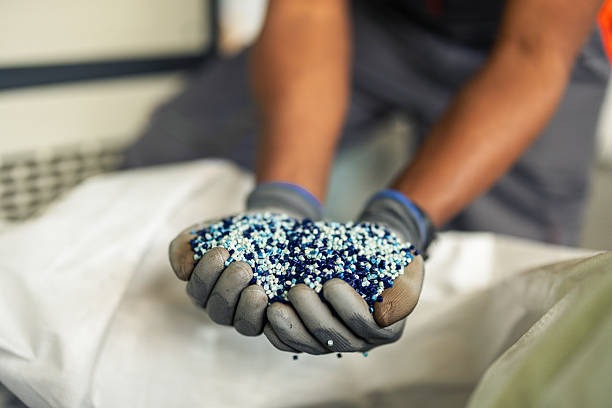
The confusion comes from the history of plastics. Polyvinyl chloride (PVC) is the base material. To make it flexible for products like garden hoses or electrical wire insulation, manufacturers add substances called plasticizers. To distinguish the original, rigid form from the flexible version, the term “unplasticized” or “UPVC” emerged. However, for applications like pressurized water systems, you would never use the flexible version. All rigid PVC pipes, fittings, and ball valves are, by their nature, unplasticized. So, while some companies label their products “UPVC” to be more specific, and others just use the more common “PVC,” they are referring to the exact same strong, rigid material. At Pntek, we simply call them PVC ball valves because it’s the most common term, but they are all technically UPVC.
Are PVC ball valves any good?
You see that PVC is plastic and costs less than metal. This makes you question its quality and wonder if it’s durable enough for your serious, long-term applications.
Yes, high-quality PVC ball valves are excellent for their intended purpose. They are immune to rust and corrosion, lightweight, and provide a long service life in cold-water applications, often outperforming metal valves.
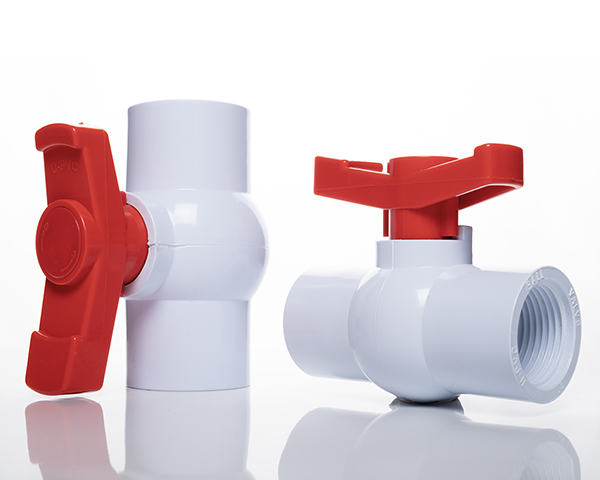
Their value is not just in their lower cost; it’s in their performance in specific environments. Metal valves, like brass or iron, will rust or corrode over time, especially in systems with treated water, salt water, or certain chemicals. This corrosion can cause the valve to seize up, making it impossible to turn in an emergency. PVC cannot rust. It is chemically inert to most water additives, salts, and mild acids. This is why Budi’s customers in the coastal aquaculture industry in Indonesia exclusively use PVC valves. The saltwater would destroy metal valves in just a couple of years, but our PVC valves continue to operate smoothly for a decade or more. For any application under 60°C (140°F), a PVC ball valve isn’t just a “cheaper” option; it’s often the more reliable and longer-lasting choice because it will never seize from corrosion.
What is the best type of ball valve?
You want to buy the “best” valve to ensure your system is reliable. But with so many materials available, choosing the absolute best one feels overwhelming and risky.
There is no single “best” ball valve for every job. The best valve is the one whose material and design are perfectly matched to your system’s temperature, pressure, and chemical environment.
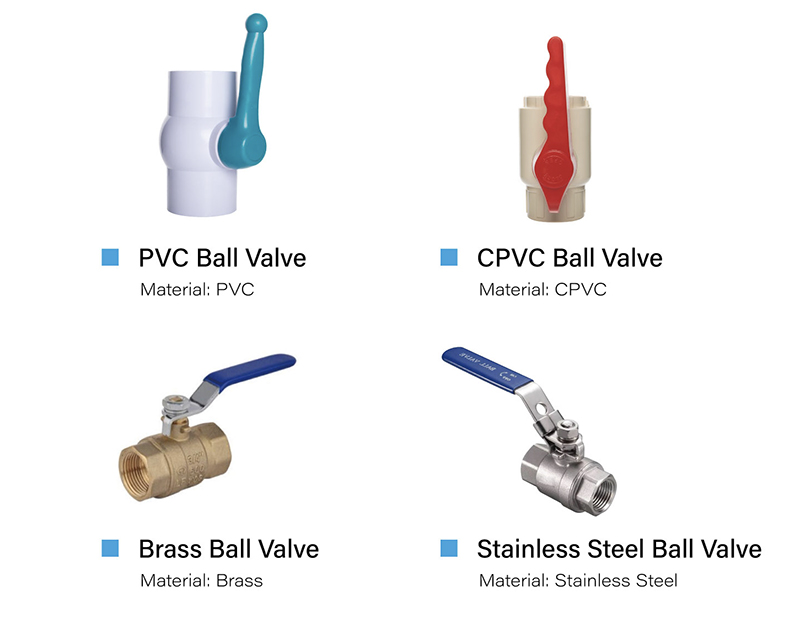
“Best” is always relative to the application. Choosing the wrong one is like using a sports car to haul gravel—it’s the wrong tool for the job. A stainless steel valve is fantastic for high temperatures and pressures, but it’s expensive overkill for a pool circulation system, where a PVC valve is superior due to its chlorine resistance. I always guide my partners to think about the specific conditions of their project. A PVC valve is the champion for cold water systems due to its corrosion resistance and cost. For hot water, you need to step up to CPVC. For high-pressure gas or oil, brass is a traditional, reliable choice. For food-grade applications or highly corrosive chemicals, stainless steel is often required. The truly “best” choice is the one that provides the required safety and longevity for the lowest total cost.
Ball Valve Material Guide
| Material | Best For | Temperature Limit | Key Advantage |
|---|---|---|---|
| PVC | Cold Water, Pools, Irrigation, Aquariums | ~60°C (140°F) | Won’t corrode, affordable. |
| CPVC | Hot and Cold Water, Mild Industrial | ~90°C (200°F) | Higher heat resistance than PVC. |
| Brass | Plumbing, Gas, High Pressure | ~120°C (250°F) | Durable, good for high-pressure seals. |
| Stainless Steel | Food Grade, Chemicals, High Temp/Pressure | >200°C (400°F) | Superior strength and chemical resistance. |
What is the difference between PVC U and UPVC?
Just when you thought you understood PVC vs. UPVC, you see “PVC-U” on a technical document. This new term adds another layer of confusion, making you second-guess your understanding.
There is no difference at all. PVC-U is just another way of writing uPVC. The “-U” also stands for unplasticized. It is a naming convention often seen in European or international standards (like DIN or ISO).
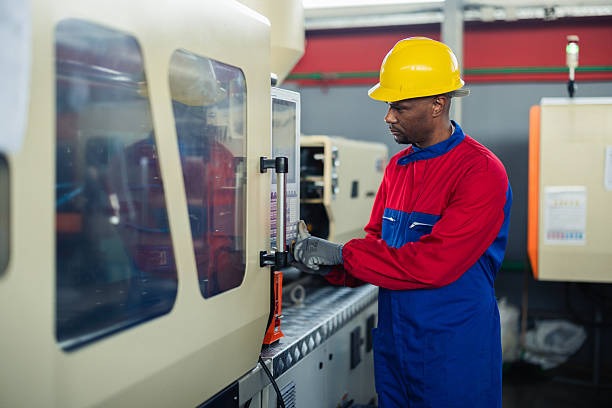
Think of it like saying “100 dollars” versus “100 bucks.” They are different terms for the exact same thing. In the world of plastics, different regions developed slightly different ways to label this material. In North America, “PVC” is the common term for rigid pipe, and “UPVC” is sometimes used for clarity. In Europe and under international standards, “PVC-U” is the more formal engineering term to specify “unplasticized.” For a buyer like Budi, this is a critical piece of information for his team. When they see a European tender that specifies PVC-U valves, they know with confidence that our standard PVC valves meet the requirement perfectly. It all comes down to the same material: a rigid, strong, unplasticized vinyl polymer that is perfect for ball valves. Don’t get caught up in the letters; focus on the material’s properties and performance standards.
Conclusion
PVC, UPVC, and PVC-U all refer to the same rigid, unplasticized material ideal for cold water ball valves. The name differences are just regional or historical conventions.
Post time: Jul-31-2025



